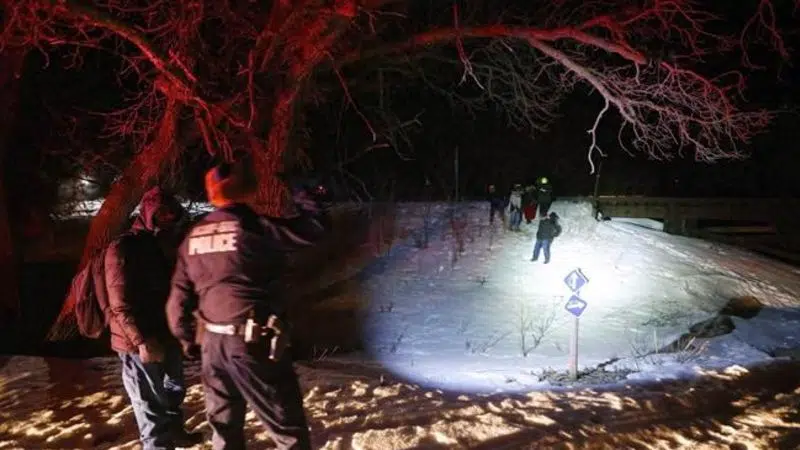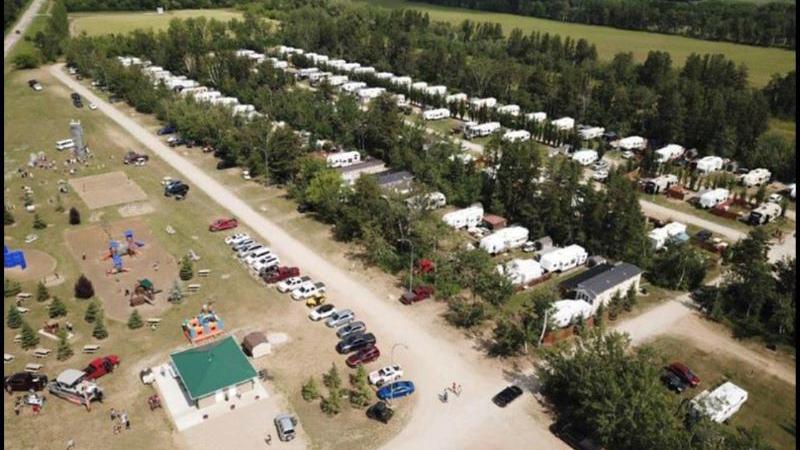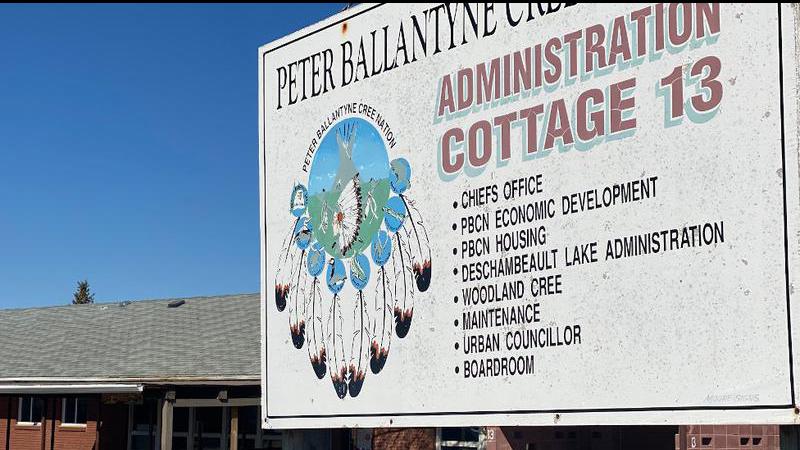
Baloney Meter: Has every single refugee claimant in Canada been screened?
OTTAWA — “We have made sure that every single person crossing our borders, whether legally or illegally, gets processed according to all our rules. We have seen over the past years all around the world an increase in migration and in asylum seekers happening everywhere, and Canada is not immune to that. However, we have a strong immigration system that continues to apply all its steps to everyone crossing the border.” — Prime Minister Justin Trudeau in question period, May 7, 2019.
—
The influx of asylum seekers to Canada has become a sustained political headache for the Liberals over the last two years and is likely to be the subject of divisive debates in the upcoming fall federal election.


